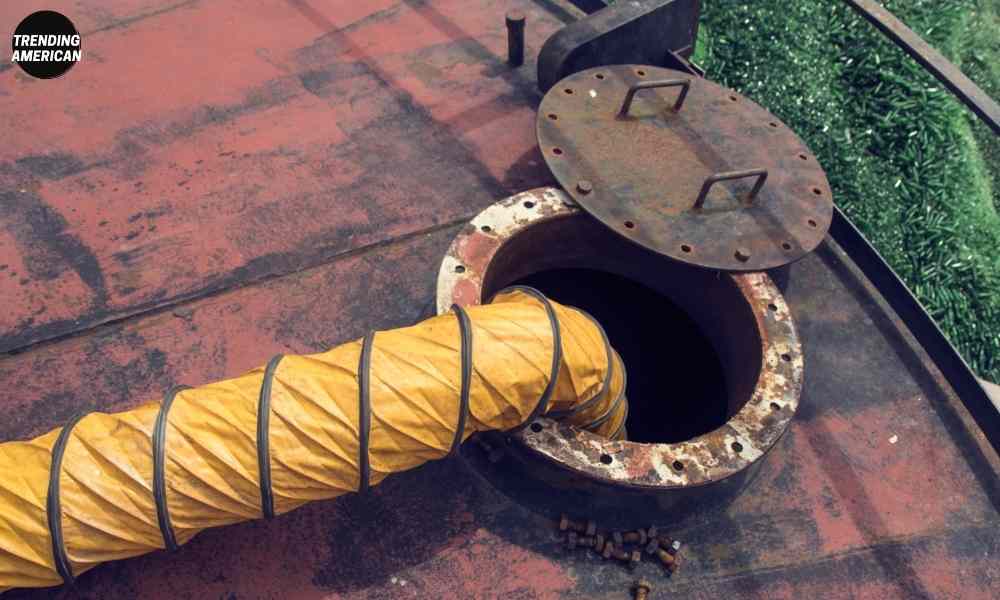Confined Space Training Requirements
The Occupational Safety and Health Administration (OSHA) defines a confined space as an area having limited or restricted ways for entrance and departure and are not meant for continuous occupation. Some common examples include underground structures like tunnels, maintenance holes, and storage tanks.
To put it another way: working in tight areas without sufficient training is not only against the law but also dangerous. Ensuring all employees have the appropriate licenses and certificates may protect businesses against lawsuits and injuries to their staff.
While this is true, issues remain about the kind and frequency of required training. The easiest method to address these issues is to divide confined space training into two categories: those required by law and those determined by the business. This is essential since it is the responsibility of the employer to guarantee that the training complies with all applicable laws and rules.
Employer Obligations
As soon as a business realizes it has restricted places that need a permit, they have a legal responsibility to educate its staff on how to enter and exit such areas safely.
All workers whose work is subject to this section should be provided with sufficient training to ensure that they obtain the understanding, information, and skills necessary to execute their obligations under this section in a safe manner, as required by OSHA. (29 CFR 1910.146(g)(1)). Fortunately, restricted space training regulations are straightforward and easy to implement for businesses.
Workers may undergo thorough restricted space training when confined areas are found and documented. While it is true that businesses have the right to limit their workers’ exposure to tight spaces, they must nevertheless warn their workers of the risks involved. This is important in case social workers unintentionally enter a small room. Signs, memoranda, tape, and other forms of communication may serve this purpose.
Required Entry-Level Confined Space Operations Training
The workers that are selected to work in these environments are referred to as “entrants.” They need to learn how to:
- Realize potential risks
- Call attention to dangers and post warnings
- Use, store, and don proper PPE at all times.
- Use self-rescue procedures as necessary.
- Maintain external communication with attendants. Maintain external communication with attendants
Outside the limited enclosure, attendants who are helping newcomers need to be educated to do the following:
- Identify dangers
- Keep an eye on the workplace circumstances.
- Communicate and collaborate with employees in restricted spaces to coordinate the use of available resources.
- Don’t let the number of workers in the space become too low.
- As employees enter and leave the building, keep in close contact.
- Do not let anybody into a secure area unless they are specifically invited.
They must know how to stay in touch with one another if they see a change in employee behaviors if the confined area changes, if external circumstances pose a threat to entrants, or if they need to leave the location they are monitoring.
Rescue actions that do not need entrance may also be taught to attendants. In fact, regardless of how close they are to the restricted area, all employees should have the skills necessary to perform basic rescue procedures. There will be fewer workplace accidents and deaths if you implement these measures.
Standards for Compliance
The following must be checked off to guarantee conformity:
- A competent person should be on-site to identify confined areas and spaces that need a permit before any work can commence.
- Check the air quality within the little room.
- Ensure employees can easily get their hands on PPE if they require it.
- All personnel who may access the restricted area should undergo training specifically designed for that purpose.
- Before allowing personnel into a tight location, ensure adequate disaster response services are in place.
Critical Training for Confined Spaces
The size of a confined place may mislead a worker into thinking it is safe to enter. But they are risky to operate in because of the restricted access and exits; they pose a real hazard to human life and should not be handled lightly. Director of Safety of NCPA Safety Don Graham said, “Enclosed spaces are no joke since one cut corner or slip might result in the loss of a life entering the area.”
Everyone in the company must adhere to the rules and training. According to EHS Today, slips, trips, and falls account for about a third of the $62 billion annual cost to American businesses due to workplace accidents. Getting trained and following all confined space training regulations may save lives and businesses a lot of money.
You can get more information about confined space training at Clockwork Safety and Equipment
Clockwork Safety and Equipment
Clockwork was formed in 2014 by Kelly Falconer as a privately owned and run training and certification company.
Kelly has spent his whole career in this field and has significant knowledge of every field and field of study. For the last decade and a half, he has devoted himself to ensuring the safety of homes, businesses, and factories.
Kelly felt the anger of organizations, employees, and himself as he saw several instances over the years due to inadequate training. Since he believed there was a need not being met elsewhere, he dedicated his life’s work to fill that need.
All employees at Clockwork Safety & Equipment Training may get comprehensive, enhanced training at reasonable costs thanks to the company’s efforts to serve as a one-stop solution for most of the often required certifications. We believe that the more one’s level of education, the greater one’s capacity to keep oneself and others safe. Rather than rushing through training and sending students home with unanswered questions, we’d rather take our time with each session and make sure they retain the information. In short, it’s a universally useful principle.
Selecting Clockwork means working with a local, family-owned company that keeps providing great value to you at heart. Regarding education, we’re dedicated to providing you with options at prices you can handle.
We have seen failure, success, and bad and good training effects.
FAQs Regarding Confined Space Training in Ontario
- How about prerequisites for the Confined Space Entry course?
A: No. There are no prerequisites for ACUTE’s Confined Space Entry course. Training providers should not impose prerequisites on participants for entry-level Confined Space instruction.
- Who should take the Confined Space Entry training course?
This program would benefit employees, managers, and anybody else who enters or works in a limited place.
- Is there a certain number of trainees that each company must have?
Each person entering a confined space does not need to be certified by the WHSCC to enter one. However, they must get training from a CSE provider that is the Workplace Health, Safety and Compensation Committee.
- The question comes from an HR professional. Can I do Confined Space Entry Training for my own employees?
When it comes to employee training, the WHSCC allows companies to do so if both the training program and the educators have been vetted.
- Is there a way to detect whether a worker has entered a limited place and if so, when?
The “breathing zone” is an important factor in determining whether or not a given area is considered limited. An employee’s breathing zone is the space around their nose and mouth, measured at a distance of 10 inches. When the respiratory area surrounding you breaks the level of the entrance to the confined area,” you and your coworkers have entered a restricted place.







